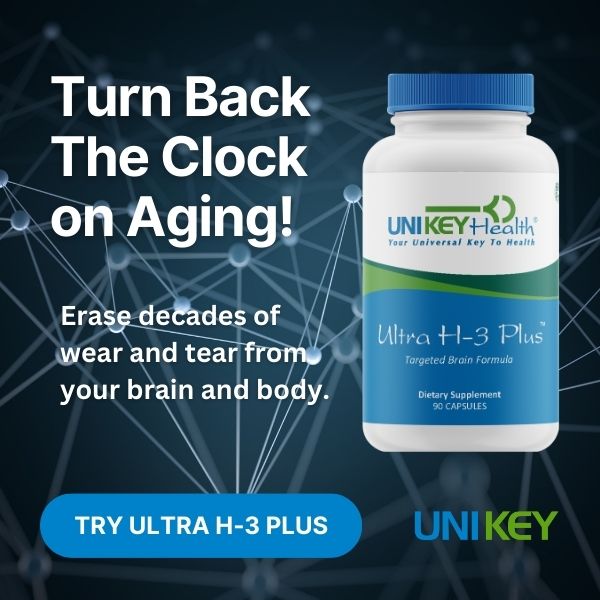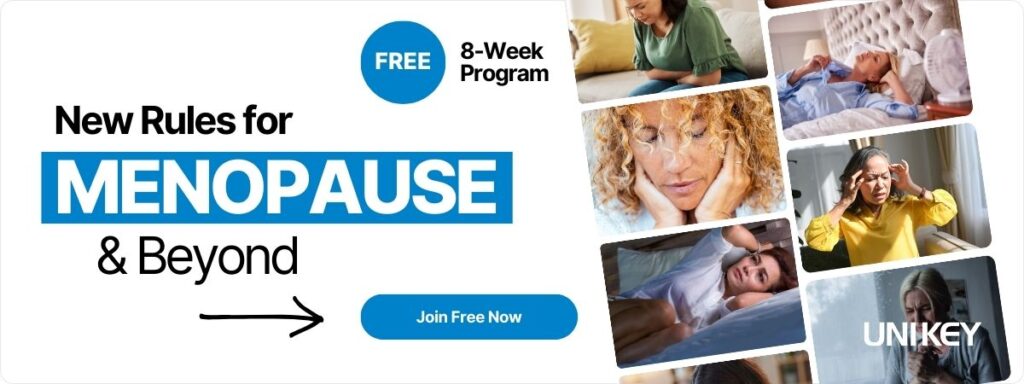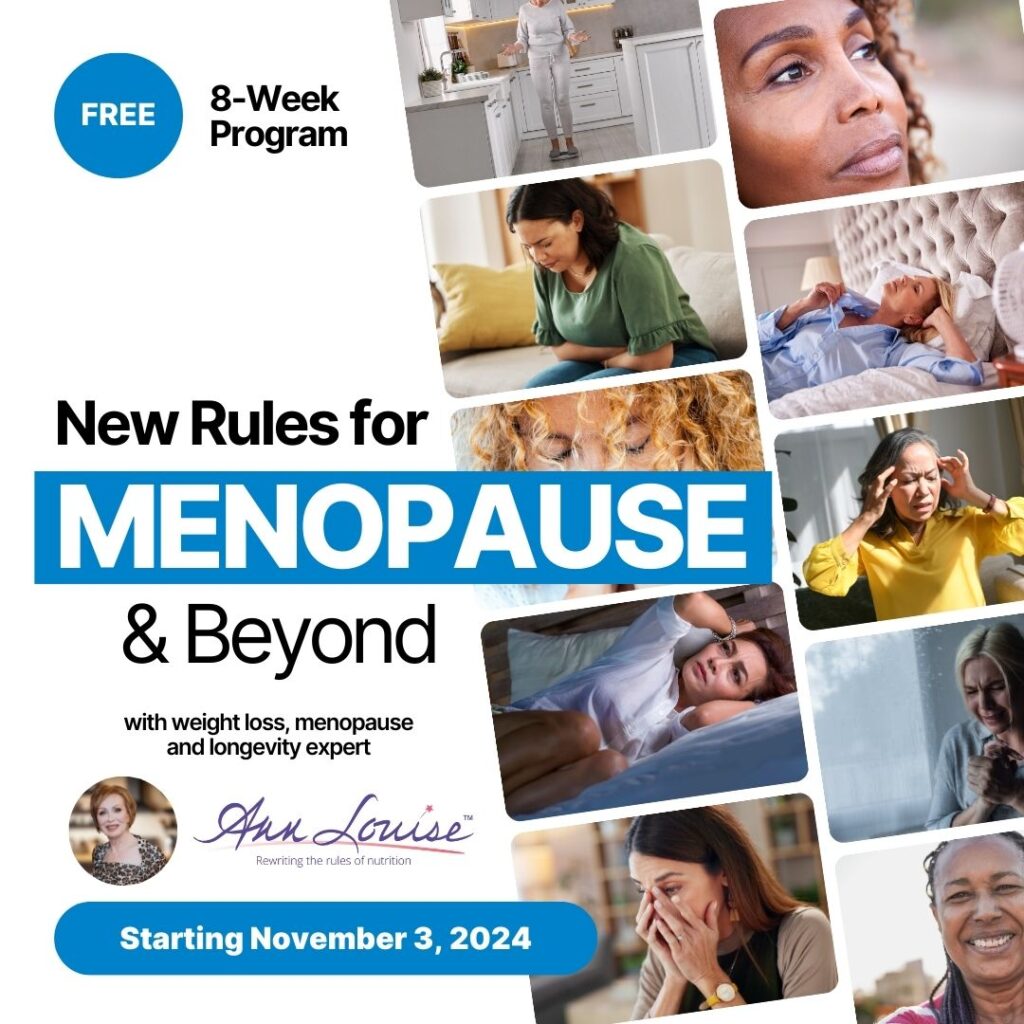If you’ve ever had an experience you just couldn’t shake, whose memory still haunts you and even changes the way you think or feel, you could be one of the more than 3 million people diagnosed each year in the US with Post Traumatic Stress Disorder, or PTSD for short.
At least half of us will experience a significant traumatic event in our lifetime. For most of us, the experience will fade over time into an unpleasant memory. But, for about 10 percent of women and 7 percent of men, there will be triggers that bring those memories back to life to be relived with intense emotional and physical reactions over and over again over a period of months or years. This is PTSD.
For some, it’s mild and relatively short-lived, with recurrent nightmares, flashbacks, and a sense of being on “high alert” all the time. For others, it changes their entire personality and their physical health suffers, often accompanied by night terrors, avoidant behaviors, substance abuse, anxiety, and depression. When you experience a trauma like this, your body relives it along with your mind. And with PTSD, it’s like you’ve taken a snapshot of exactly how you felt in your mind and body, and you respond with that same visceral reaction each time the memory comes up.
There is hope for PTSD sufferers, beyond the trauma-focused psychotherapy and medications that try to manage symptoms but often come with unwanted side effects. And that’s our focus today – five innovative ways to release yourself from the trauma that binds:
1. EMDR (Eye Movement Desensitization and Reprocessing)
EMDR has been in use since the 1980s. It is an 8-phase therapy designed to help relieve the physical and mental stress of traumatic memories while helping you reframe your negative beliefs into positive ones. In PTSD, traumatic events actually rewire your brain so you think and react differently. EMDR uses eye movements and other external stimuli to retrain the brain and create new pathways for thoughts and trauma processing.
In phase 1, the therapist takes a thorough history and gets you ready for the treatment. In phase 2, you are taught a variety of ways to handle emotional distress. Phases 3 through 6 are the heart of the EMDR therapy, using eye movements with vivid visual imagery, while identifying your negative beliefs about yourself, and recognizing the emotions and physical sensations that arise during the reliving of the traumatic memory. Phase 7 is quiet observation over the time after the therapy, and phase 8 is a way to keep track of your progress and determine future needs.
Worldwide, there are more than 100,000 EMDR practitioners, and more than 30 controlled studies have been done on EMDR success with PTSD. Studies show that anywhere from 84 to 100 percent of single trauma sufferers no longer had PTSD after 3 to 6 sessions. And 77 percent of combat veterans and multiple trauma sufferers no longer had PTSD after 6 to 12 sessions.
For more information, check out the EMDR Institute at emdr.com.
3. EFT (Emotional Freedom Technique)
EFT, also referred to as “Tapping,” was developed by Gary Craig in the 1990s as a way to help veterans overcome PTSD. Although it sounds similar to EMDR, the philosophy behind it is quite different, and EFT can be done by anyone – with or without a trained practitioner. EFT is often referred to as “psychological acupressure” because you are tapping on the same energy meridian points that are used in acupuncture and acupressure.
Because PTSD causes you to relive the physical, mental and emotional state you were in during the trauma every time you recollect it, you are repeating the same pattern of energy flow blockage each time that memory comes up. EFT works to clear those blocks and restore the balance and flow of energy to resolve the issues on all levels. It’s like hitting a physiological reset button that takes the charge out of the memory.
The technique is deceptively simple and immediately effective. I highly recommend you follow it to the letter or you may not notice the progress you’ve made. Let me explain. While you have PTSD, these highly charged memories come easily to your remembrance and are virtually unforgettable. Once EFT essentially takes the charge out of these memories, they no longer come to the forefront and you quite literally put them out of your mind. They are still there but you don’t think about them anymore, and this can cause you to think EFT isn’t working for you when it actually is working quite well.
You start by writing down the thought that is disturbing you, and be as specific as possible. Then you assign it an intensity, from 0-10, with 10 being the worst it’s ever been for you. Then you choose a reminder phrase to repeat while you do the tapping. Once you are done tapping, go back and assess the intensity again. Repeat this for each thought or memory that is causing you difficulty.
There are several spin-offs from the original EFT, each with a different focus and varying degrees of success. Gary Craig’s website is emofree.com, and you can learn the entire technique completely free and on your own there.
3. Neurofeedback
Advances in neuroscience are giving us therapies like neurofeedback that combine new insights into what happens to the brain with PTSD and new ways to map it out. Neurofeedback uses a sophisticated technology to monitor your brain waves while retraining your brain activity through simple exercises. Like Pavlov’s dog, when your brain responds appropriately during the therapy, you are given a signal and a reward. When the response is abnormal, there is simply no signal and no reward.
When you see a neurofeedback practitioner, after taking your history, they do an assessment that includes a qEEG. The areas of your brain activity that are either overactive or underactive “light up” on the results of this scan. This gives your practitioner the guidance they need to target the therapy to your brain’s specific and unique wiring.
During a session, your brainwaves are monitored every half second through EEG wires that make contact with your head through a conduit gel. This frequent feedback gives your brain thousands of chances to learn new patterns in each session. What it looks like for you is relaxing and watching a movie or show on a screen in a dark room for about 20 minutes. You may occasionally see the screen flickering, but otherwise, you usually don’t feel or notice anything.
Sessions are done in blocks of 20, with frequent questionnaires to assess your progress. Studies have shown that most PTSD sufferers experience significant relief within 24 sessions, but some have reported positive changes within just a few sessions. I recommend getting a follow up qEEG after every 20 sessions to see how your brain activity is changing, regardless of how you’re feeling. Even when you’re feeling the best you’ve ever felt, your qEEG may show there’s still work to be done to get the brain reset you need.
4. Support Your Serotonin
It’s hard work to stay on “high alert” all the time. With PTSD, your brain and your body are working overtime processing the same trauma over and over again. You burn through neurotransmitters – the chemical messengers your brain uses to regulate your moods and more – faster than you can replenish your supply. As a result, your moods, sleep, ability to handle stress, and even your digestion all suffer.
Restore healthy neurotransmitter levels by supplementing with the building blocks your body needs to make them. I recommend starting with 5-HTP, an amino acid that is needed to make serotonin, your body’s best-known “feel good” neurotransmitter. If your PTSD struggle includes depression, weight gain, insomnia, or anxiety, these could be signs you are low in serotonin.
The recommended daily dose of 5-HTP is 50 to 200 milligrams. Start with 50 milligrams daily and increase to 100 milligrams in one week. If you don’t notice any improvement in your symptoms after 3 weeks, then increase to 200 milligrams daily. If you are taking an SSRI antidepressant, 5-HTP is not right for you and dangerous side effects can occur if both are taken together.
5. Boost Your Brainpower
It can take time to heal from trauma, both physically and emotionally, and sometimes your hardworking brain needs an extra boost of nutrients to feel like you’re firing on all circuits. This is where I recommend adding specific brain nutrients into your daily supplement regime. PTSD isn’t just about your moods; it often affects your energy level, sleep quality, memory and attention, and overall sense of wellbeing, not to mention the associated chronic pain and tension. Mood support alone isn’t always enough.
If you struggle to get through the day, I encourage you to give the following combination of brain nutrients a try for at least three months three times daily:
- Phosphatidylserine Complex (100 mg), Benfotiamine (100 mg), Green Tea Extract (50% EGCG) (60 mg) and Huperzine A (20 mcg) for memory and cognitive support
- PABA (50 mg) paired with DMAE (50 mg) to support healthy brain function, a normalized inflammatory response, comfortable joint movement and a better sense of wellbeing
- Gingko biloba (40 mg) and Bilberry Extract (25 mg) for better blood circulation and brain function
- Oxygenating and energizing Vinpocetine (7mg) to reduce “brain fatigue.”
Together these target your brain health at the cellular level, to support your brain cells as they repair, rebuild, and strengthen themselves for increased vitality and an overall sense of wellbeing.













8 Responses
Thx for info . Some people find brainspotting more effective than the above . It’s worth looking into it
I would also add Havening Techniques. This approach was developed with the neuroscience behind it first unlike other psychosensory approaches where the technique was developed and it appeared to work but the developers didn’t know why it worked. It can be much faster than EFT and EMDR and one doesn’t have to live through the events while the technique is applied unlike EMDR. The mechanism at work is creating Delta waves through touch that dissolve the receptors on the neurons in the amygdala where the traumatic event is encoded.
You need to look into DNRS by Annie Hopper- incredible. It has completely changed my life. A program to rewire your brain from trauma. Incredible.
Thank
You for your info… I will check it out! As my fiancé is headed back from Afghanistan soon and he’s Shirley going to have a form of PTSD! I pray for each and everyone Who has to suffer from PTSD for the sacrifices they made for This country and its freedom’s! Thank you for your service
Thank you Ann Louise,
On taking 5 htp as well in the past for my anxiety, I have a problem as this supplement causes a surge of adrenaline between 4 and 6 am waking me from sleep, then a migraine develops, feels like BP going up, my ears get very warm and my heart is pounding. Even at a low dose of 50mg then trying 100mg the same reaction, losing much needed sleep…why do some of these supplements along with GABA cause an opposite effect..what can I use??
Thank you for a response..
Eileen
We might suggest theanine as an alternative, Eileen.
Find an experienced CranioSacral Therapist in your region. Cellular memory of all trauma, all levels, get released cellularly. From as bad as satanic childhood experiences, to first responders, to repeat or acute emotional or physical trauma, to car accidents, to fire burning your home down, to a birth trauma, to a chemical trauma to your cells, to a microbial trauma to your nerves, anywhere. Go to iahp.com to find your therapist. I am in the Pacific Northwest, Portland, OR
The brain nutrients you mentioned look like they are all in the Ultra H-3 Plus formula that I have been taking. I know it has helped my memory.